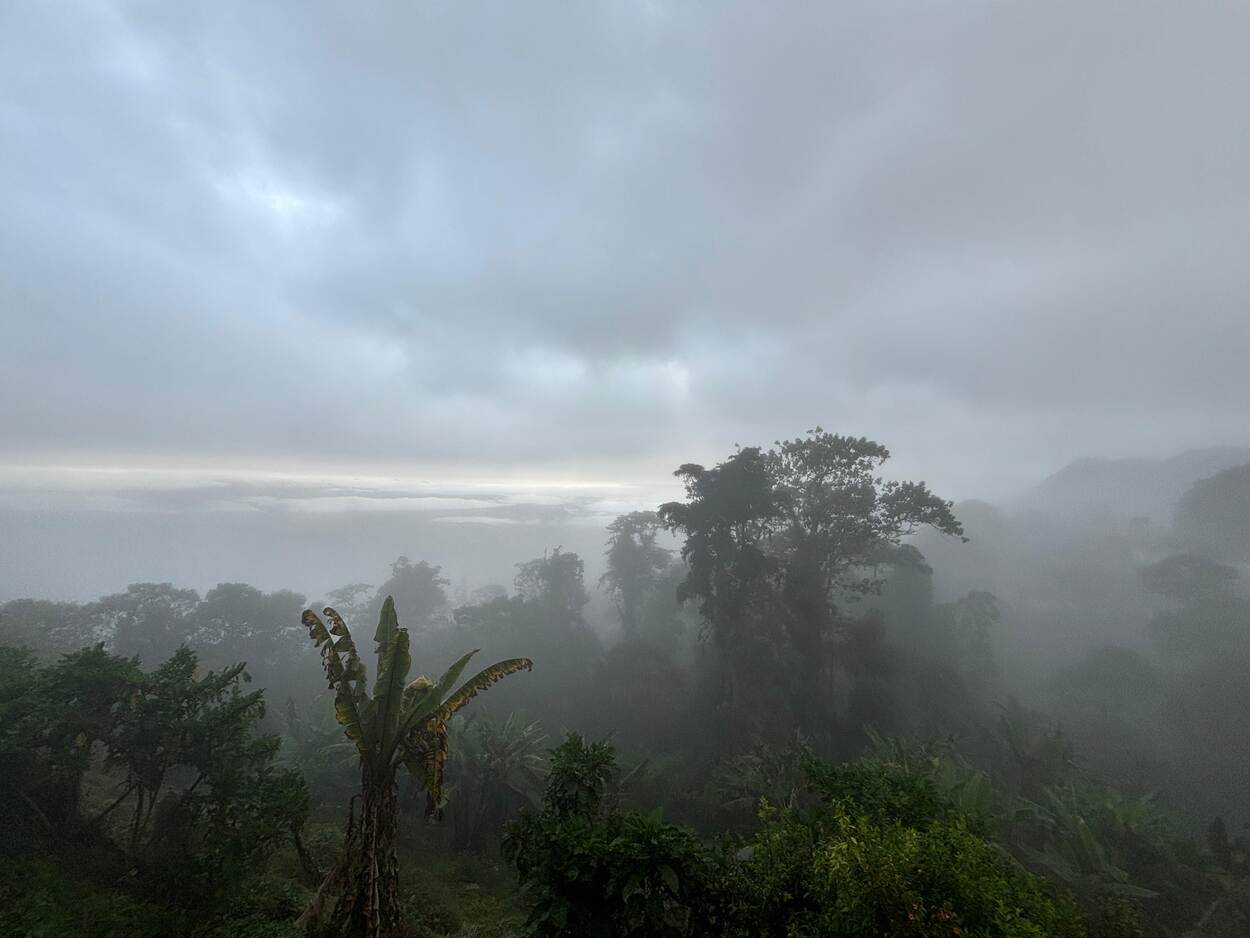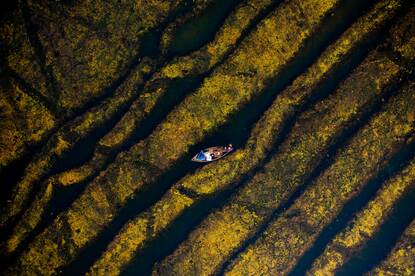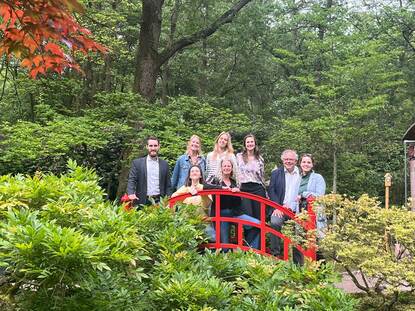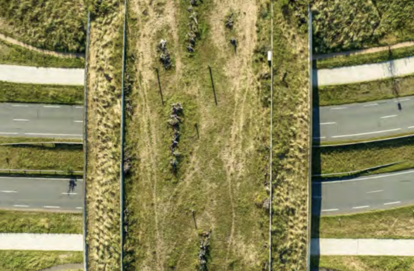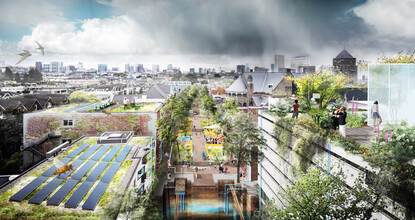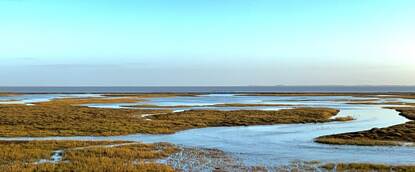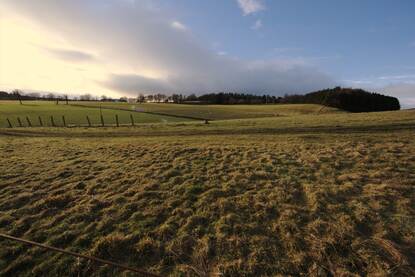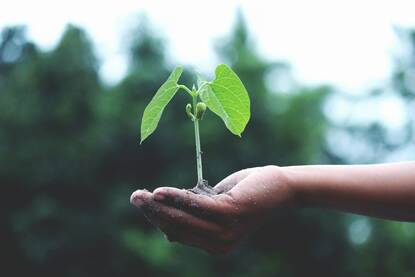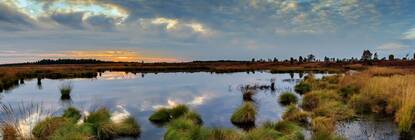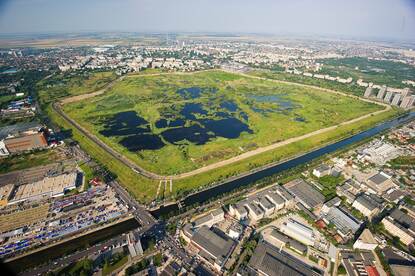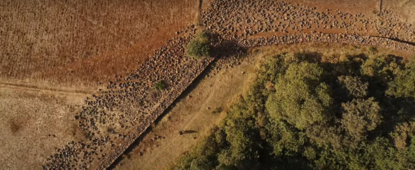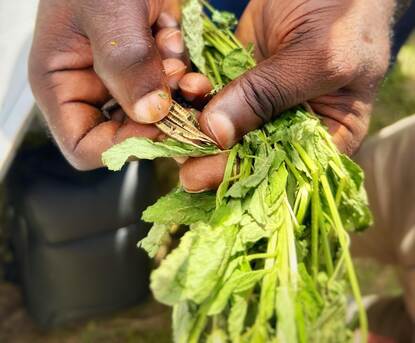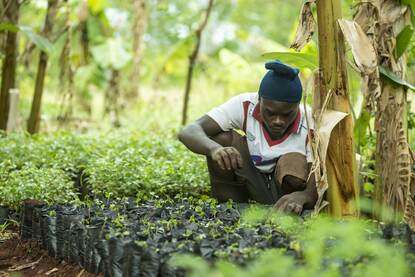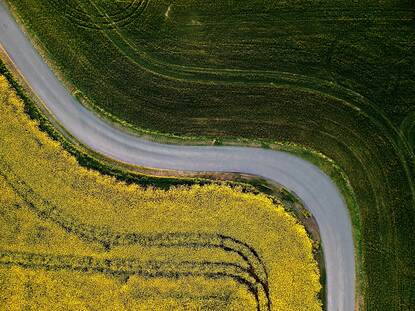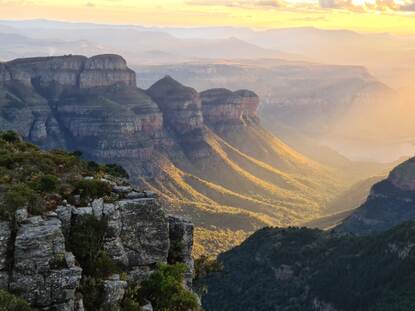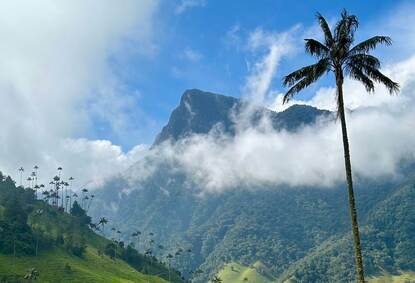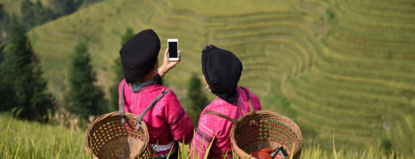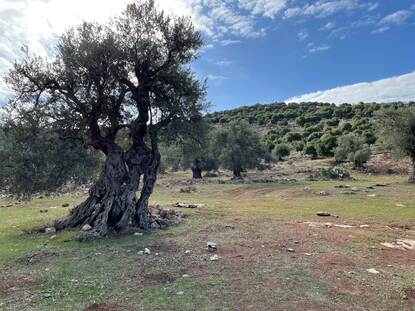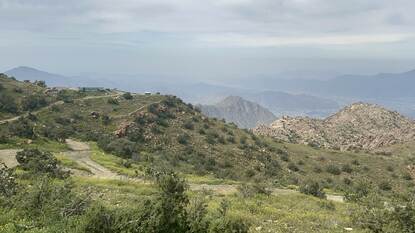To address challenges and opportunities in South American biodiversity, the Netherlands has appointed Emiel Mulder as Nature and Biodiversity Counselor. Based at the Dutch embassy in Brasilia (Brazil), he will coordinate biodiversity efforts with the existing Netherlands Agricultural Network (LAN) offices in Argentina, Brazil, and Colombia. In this article, he delves into the significance of biodiversity in South American countries, the Netherlands' ongoing efforts in the region and its goals for the future. Also, he shares his personal observations since taking on this role in August 2024.

South America is a continent renowned for its extraordinary biodiversity. It encompasses a diverse range of ecosystems from lush rainforests and grasslands to tropical wetlands and arid savannahs. These biomes play a crucial role in supporting sustainable food systems and mitigating the spread of diseases. Unfortunately, biodiversity loss is a major problem, for example in Argentina, Brazil, and Colombia.
Biodiversity loss in Argentina, Brazil and Colombia
Argentina has seen a decline in biodiversity because of changes in land use, particularly for agriculture and cattle ranching. The government has implemented initiatives to address this, including the creation of protected areas and promoting sustainable farming practices. However, challenges remain, such as the deforestation in the Gran Chaco region and the impact of climate change on species diversity.
Brazil, with its vast Amazon rainforest, is home to incredible biodiversity. Next to the Amazon, there are also other important biomes in Brazil: the Cerrado, the Mata Atlântica, the Caatinga, the Pantanal (shared with Bolivia and Paraguay and is the largest wetland in the world), and the grasslands of the Pampas (extending into Argentina and Uruguay). Deforestation and agricultural expansion pose significant threats in all those biomes. The Brazilian Government has taken steps to combat deforestation and protect biodiversity, including the creation of national parks and indigenous territories. However, enforcing environmental regulations remains a challenge.
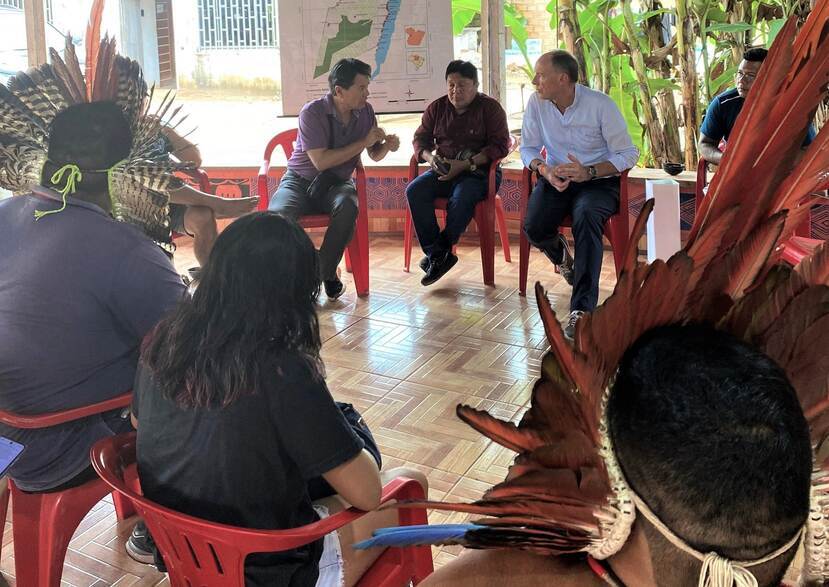
Colombia is also rich in biodiversity, but it faces similar threats to Brazil and Argentina. Deforestation, illegal mining, and armed conflict have contributed to biodiversity loss. The Colombian Government has made efforts to protect its ecosystems, including the creation of national parks and implementing sustainable land use practices. However, the country still faces significant challenges in preserving its biodiversity.
Commitment from LAN teams in South America
The Netherlands Agricultural Network (LAN) teams in Argentina, Brazil, and Colombia have been involved in multiple biodiversity initiatives. They assess issues related to biodiversity loss, engage with relevant stakeholders, and identify and establish projects to prevent biodiversity loss and support restoration.
In Brazil, land rights are an important topic for deforestation and the conservation of biodiversity. For example, a project was started on transparency of the supply chain of the forest product açaí, a grape-like fruit berry, native to the rainforests of South America. Furthermore, there is a project on an innovative forest satellite monitoring system in Pará, the Brazilian state where deforestation is most intense.
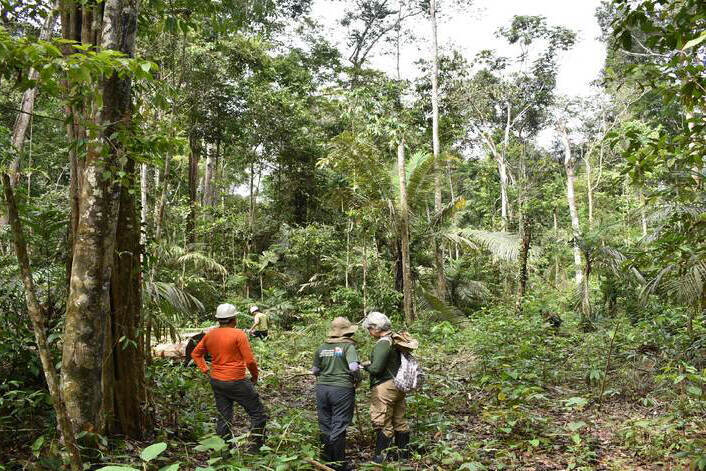
In Colombia, the LAN team has concentrated on projects that connect productive systems with deforestation and biodiversity. An example of this is a project that focuses on assessing technologies and options to support traceability in the coffee and palm oil value chains. Furthermore, several NGO’s work on deforestation projects, biodiversity with local and indigenous communities, financed by the Netherlands. For more information, you can read the article written by the LAN team in Colombia for this Agrospecial.
In Argentina, LAN projects have focused on the sustainable use of biodiversity in farming, cattle raising, and biodiversity indicators in the Chaco region. There are also projects on land innovation and soil biodiversity. In general, the LAN team in Argentina has done a lot on the biodiversity agenda. For their specific projects, you can read the article written by the LAN team in Argentina for this Agrospecial.
Identifying synergies between projects and opportunities for joint action
The LAN teams in South America can leverage collective action with their expertise in specific areas. By identifying synergies among ongoing projects in Argentina, Colombia and Brazil, the LAN teams can develop more strategic portfolios and secure better funding for biodiversity initiatives.
Additionally, collaborating with other European embassies and identifying opportunities for joint action can enhance impact. Establishing strong local networks and coalitions with South American countries is crucial for strengthening regional efforts. Working together with other countries and organizations will enable the Netherlands to capitalize on upcoming events like the Biodiversity COP in Cali in October 2024 and the Climate COP in Belem in November 2025 to advance biodiversity agendas.
By fostering collaboration among countries and connecting with relevant organizations, my goal as a Nature and Biodiversity Counselor is to facilitate the development of overarching regional projects and promote the mainstreaming of biodiversity in policies and society.
‘By fostering collaboration among countries and relevant organizations, my goal is to facilitate the development of overarching regional projects and promote the mainstreaming of both protection and sustainable use of biodiversity’
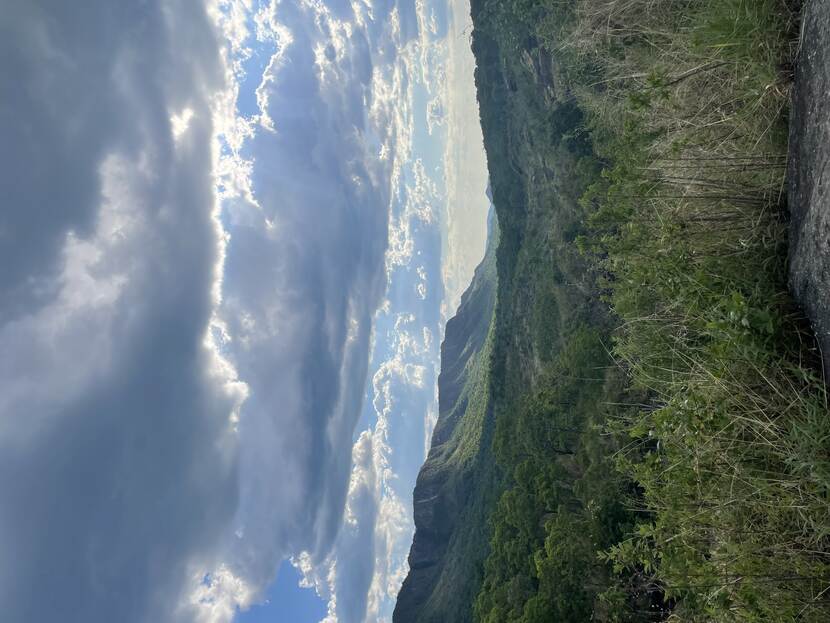
Prioritizing key focus areas
The LAN teams in South America will be working hard to achieve all these goals. Part of their efforts will focus on the following key areas:
-
Biodiversity and business: promoting transparency in corporate biodiversity impacts and supporting the development of ecological footprints for Dutch imports.
-
Restoration: supporting national restoration programs and promoting nature-based solutions for degraded pastures.
-
Knowledge sharing and capacity building: facilitating knowledge exchange between countries and providing training on biodiversity-related topics.
-
Policy integration: advocating for the integration of biodiversity considerations into broader policies and development plans.
-
Finance: exploring financial solutions for biodiversity conservation and restoration.
By prioritizing these areas and leveraging collective action, LAN can make a significant contribution to the preservation of nature and biodiversity in South America.
Key learnings
Since Emiel Mulders appointment as Nature and Biodiversity Counselor in August 2024, he has learned the following:
-
The importance of the Forest Code: the Forest Code plays a crucial role in Brazilian biodiversity conservation; challenges related to land rights and enforcement persist. However, there are many opportunities for the development of the bioeconomy.
-
Beyond the Amazon: I’ve learned that biodiversity loss is significant in biomes other than the Amazon, highlighting the need for increased regional and international attention.
-
Agriculture as a key player: the agriculture sector is a crucial stakeholder in biodiversity conservation, and collaboration with farmers and other food system actors is essential in order to make an impact on the conservation of biodiversity.
-
European efforts: other European countries are actively engaged in conservation and restoration efforts, providing valuable insights and potential partnerships.
-
Innovative Dutch initiatives: in preparation for my new position, I’ve spoken with several Dutch knowledge institutions, companies, NGOs, and individuals that are working on innovative solutions for biodiversity conservation and restoration in South America. These organizations have done a lot of good work.
Mulders has discovered many initiatives and is eager to connect with more organizations that share a passion for biodiversity and collaborate on sustainable business models. Feel free to reach out to him via email (bra-lvvn@minbuza.nl) or LinkedIn.
More information
Would you like to learn more about nature and biodiversity in South America? You can visit the country pages of Argentina, Brazil, and Colombia at the website Agroberichtenbuitenland.nl of the Dutch Ministry of Agriculture, Fisheries, Food Security and Nature.
